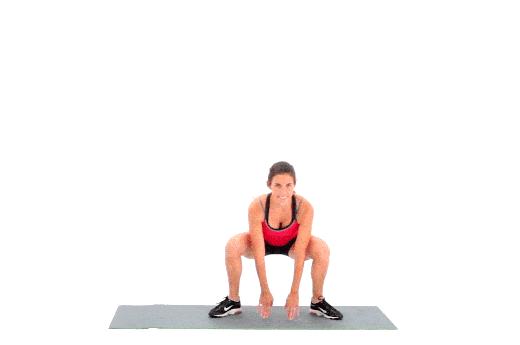

Outcomes were not frequently reported by sex for subsequent ACL injuries. When compared directly, the odds of sustaining a graft rupture versus a contralateral ACL injury were similar for those with a family history. Family history of ACL injury was found to increase the odds of subsequent ACL injury by 2.38 (95% CI 1.64–3.46, p < 0.001) and was significant for both graft ruptures (OR 1.80 ) and contralateral ACL injuries (OR 2.28 ). There was no significant difference of injury odds for primary ACL injury when analysed by sex. Those with a family history had a 2.5 times greater odds for sustaining a primary ACL injury (OR 2.53 1.96–3.28, p < 0.001)]. Having a family history of ACL injury increased the odds of injury across all outcomes. Four studies that investigated primary ACL injury, seven that investigated ACL graft and/or contralateral ACL ruptures and one study that investigated both primary and subsequent ACL injury. Twelve studies were acquired for systematic review and meta-analysis. Subgroup analysis was also completed by sex for primary ACL injury, as well as by graft rupture and contralateral ACL injury for subsequent ACL injuries. Study results were combined using an odds ratio (OR) meta-analysis. Articles were screened by prespecified inclusion criteria, and the methodological quality of each study was determined.

We aimed to systematically review family history as a risk factor for sustaining a primary ACL injury and the impact it has on ACL graft rupture or contralateral ACL injury in male and female individuals.Ī literature search was completed in seven databases from inception until March 2021 to investigate primary and subsequent ACL injuries in those with a family history of ACL injury. Having a family history of anterior cruciate ligament (ACL) injury has been investigated in the literature but few studies have focused on this factor specifically or reported their outcomes by sex. The knee HAL-SJ training may have contributed to these results from a neurophysiological perspective by lowering the co-contraction of knee muscles, which would correct impairment of the antagonistic or synergistic muscles. The findings of this study indicate the feasibility and safety of HAL-SJ training as a neuromuscular rehabilitation tool after anterior cruciate ligament reconstruction.


The muscle co-contraction index during extension tended to be lower after HAL-SJ training. The Tegner Activity Scale and Lysholm Knee Questionnaire scores also significantly increased after knee HAL training. The active range of motion significantly increased in both extension and flexion, and the range of motion in passive flexion significantly increased. The peak muscle torque was higher at all velocities after HAL-SJ training. Surface electromyography of the quadriceps and hamstring muscles was performed in 4 of the 11 patients during each session and the muscle co-contraction index was calculated. Physical evaluations were conducted before and after HAL-SJ training. Patients were monitored for HAL-SJ-related adverse events. HAL-SJ-assisted knee extension and flexion exercises were commenced in 11 patients 18 weeks after reconstruction exercises were performed once a week for three weeks at a frequency of five sets of ten repetitions. In this study, we investigated the feasibility and safety of a wearable exoskeleton robot suit and whether knee training using this device could improve functional outcomes after anterior cruciate ligament reconstruction. To achieve better outcomes, neuromuscular and biomechanical factors should be considered in rehabilitation after anterior cruciate ligament reconstruction.


 0 kommentar(er)
0 kommentar(er)
